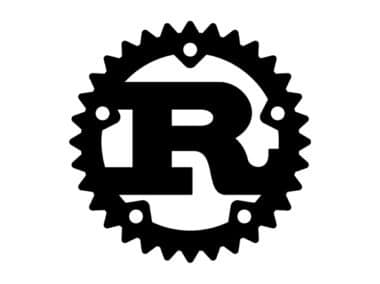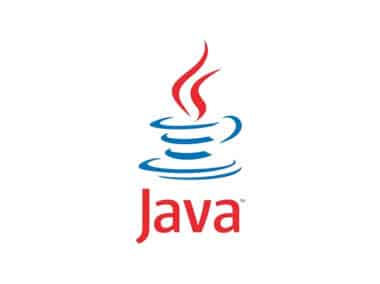Variables are used to store values that can be used later in a program. In Java, variables are declared with a specific data type, which determines the kind of value that can be stored in the variable. The different data types in Java include primitive data types and non-primitive data types.
Primitive Data Types
Primitive data types are the most basic data types in Java. They are called primitive because they are not objects and do not have methods. In Java, there are eight primitive data types:
Integers
Integers are whole numbers without a decimal point. In Java, there are four types of integers:
byte: 8-bit signed two’s complement integer. Range: -128 to 127short: 16-bit signed two’s complement integer. Range: -32,768 to 32,767int: 32-bit signed two’s complement integer. Range: -2,147,483,648 to 2,147,483,647long: 64-bit signed two’s complement integer. Range: -9,223,372,036,854,775,808 to 9,223,372,036,854,775,807
Floating-Point Numbers
Floating-point numbers are numbers with a decimal point. In Java, there are two types of floating-point numbers:
float: 32-bit floating-point number. Range: 3.40282347 x 10^38 to 1.40239846 x 10^-45double: 64-bit floating-point number. Range: 1.7976931348623157 x 10^308 to 4.9406564584124654 x 10^-324
Characters
A character is a single letter, number, or symbol. In Java, a character is represented using the char data type.
Boolean
A boolean data type is used to represent true or false values. In Java, a boolean value is represented using the boolean data type.
Non-Primitive Data Types
Non-primitive data types are also known as reference types because they refer to objects. Here are some examples of non-primitive data types:
Strings
A string is a sequence of characters. In Java, strings are represented using the String class.
Arrays
An array is a collection of elements of the same data type. In Java, arrays are represented using square brackets ‘[]’.
Classes
A class is a blueprint for creating objects. In Java, classes are used to create objects with specific behaviors and attributes.
Declaring Variables
To declare a variable in Java, you need to specify the data type and the variable name. Here’s an example:
int age = 25;
In the above example, we have declared a variable named age of type int and assigned the value 25 to it.
Initializing Variables
When a variable is declared, it can be initialized with a value. If a variable is not initialized, it will have a default value depending on its data type.
Default Values
The default value of a byte, short, int, or long variable is 0. The default value of a float or double variable is 0.0. The default value of a char variable is the null character '\\\\u0000'. The default value of a boolean variable is false. The default value of a reference type variable is null.
Conclusion
Variables and data types are an essential part of Java programming language. Understanding the different data types and how to declare variables is crucial for writing effective Java programs. By using variables, you can make your code more dynamic and adaptable, and by choosing the appropriate data type, you can ensure that your code is efficient and effective.




